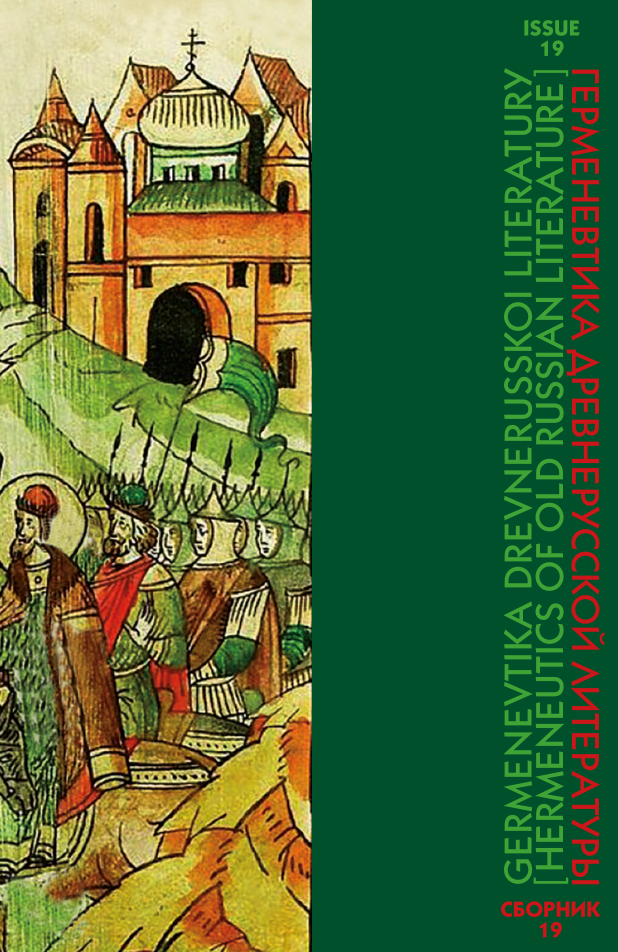Abstract:
The article provides a comparative analysis of Russian (from Greek, 1607) and Swedish (from German, 1603) translations of Aesop’s fables. If F. Gozvinsky’s translation became an object of study by domestic researchers, then Swedish translation by N.Kh. Balk took them very little, and in the proposed article it is considered in sufficient detail. A comparison of individual fablesarticle it is considered in sufficient detail. A comparison of individual fablesfrom two “northern” collections reveals some patterns that are not noticeablewhen studying only Russian or Swedish versions of the text. So, according to ourobservations, Swedish fables are full of subject details that appear, as a rule, inthose cases when action is performed by the main character named in the title;in turn, in Russian versions, such details are much less common and appearoutside of clearly formulated rules. In addition, unlike Russian, in one Swedishtext it can be not only about wisdom, but also about stupidity (of heroes or assuch). Probably, in this way the author of Swedish translation of Aesop’s fablesis trying to make texts more accessible and attractive to the simple readers.In addition, article discusses the ones that appeared in the second half of the17th century. Russian and Swedish collections of proverbs and their connectionswith books of translations of Aesop’s fables are revealed.
REFERENCES
1 Koreneva, M.Iu., Mikhailova, I.M. “K voprosu o evropeiskikh istochnikakh ‘Zrelishcha estestva chelovecheskogo’ (1674)” [“On the Issue of European sources ‘The Spectacle of Human Nature’ (1674)”]. Skandinavskaia filologiia, vol. 14, no. 1, 2016, pp. 81–91. (In Russian)
2 Tarkovskii, R.B., Tarkovskaia, L.R. Ezop na Rusi. Vek XVII. Issledovaniia. Teksty. Kommentarii [Aesop in Russia. 17th Century. Research. Texts. Comments]. St. Petersburg, Dmitrii Bulanin Publ., 2005. 546 p. (In Russian)






